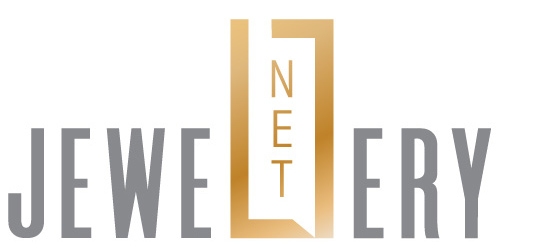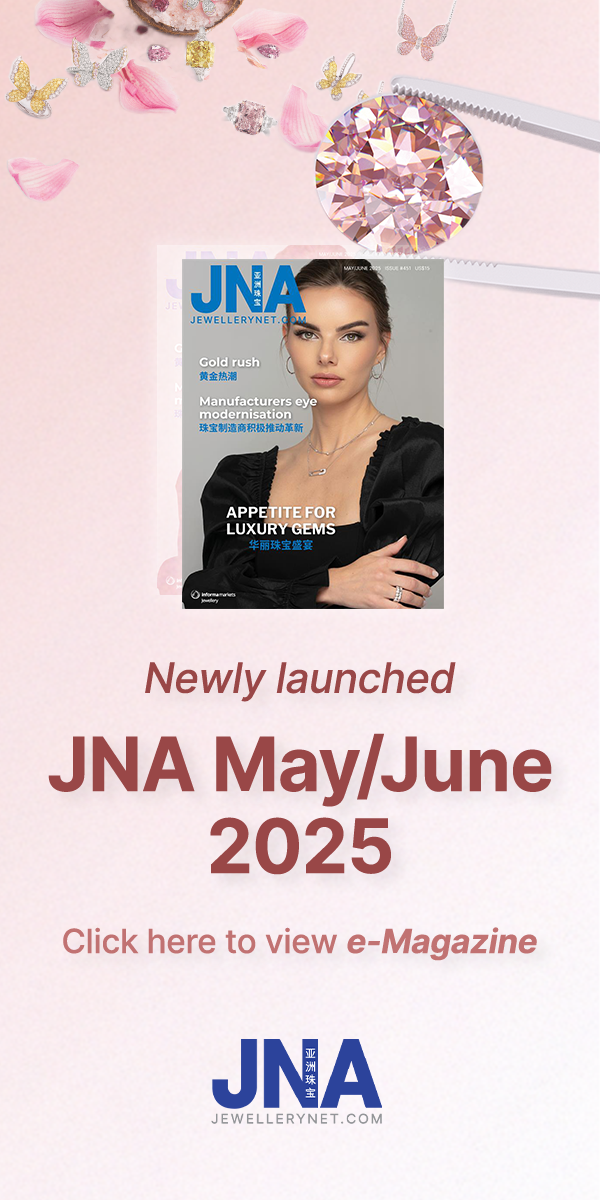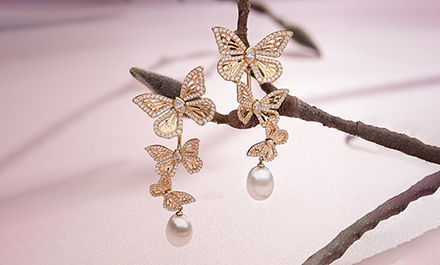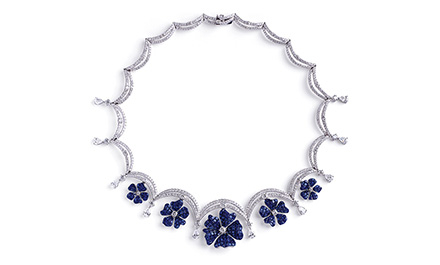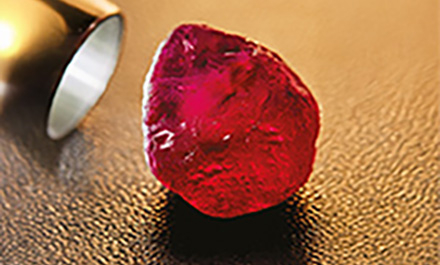The Gemological Institute of America (GIA) is introducing LGDR by GIA, a family of four new digital-only reports for laboratory-grown diamonds.
The reports use the 4C’s colour and clarity specifications, replacing the descriptive terms and grade ranges previously used on GIA reports for laboratory-grown diamonds.
“The evolution of GIA’s reports for laboratory-grown diamonds is fully aligned with our mission to protect all consumers,” said Susan Jacques, president and CEO of GIA. “Everyone who purchases gemstone jewellery – whether natural or laboratory-grown – expects and deserves the information, confidence and protection that come with a GIA report.”
The four LGDR by GIA reports feature a distinct new look and updated format fully differentiated from GIA’s well-known grading reports for natural diamonds.
• The GIA Laboratory-Grown Diamond Report includes 4C’s colour and clarity specifications, and plotted clarity and proportions diagrams for D-to-Z laboratory-grown diamonds of 0.15 carats and above.
• The GIA Laboratory-Grown Diamond Report - Dossier includes 4C’s colour and clarity specifications and a proportions diagram for D-to-Z laboratory-grown diamonds of 0.15 carats to 1.99 carats.
• The GIA Laboratory-Grown Colored Diamond Report includes GIA colour and clarity specifications, and plotted clarity and proportions diagrams for coloured laboratory-grown diamonds 0.15 carats and above.
• The GIA Laboratory-Grown Colored Diamond Report – Color Identification includes colour specifications for laboratory-grown coloured diamonds.
The colour and clarity specifications for laboratory-grown diamonds are described on the same scale as GIA grading reports for natural diamonds, but that does not correlate to nature’s continuum of rarity.
Fees for the new reports are the same as for natural diamonds, with the addition of inscription services fees when applicable.
Each LGDR report features a QR code linked to a custom landing page on GIA’s website, offering comprehensive, engaging and dynamic information on the diamonds – what they are, how they are grown and how GIA definitively identifies them.
The new LGDR reports also state that the stone was created by either the chemical vapor deposition (CVD) or high pressure, high temperature (HPHT) method and whether it may include post-growth treatments to change the colour.
All laboratory-grown diamonds submitted to GIA will be laser-inscribed with the GIA report number and the words "LABORATORY-GROWN." Any stone submitted that is already inscribed with laboratory-grown, laboratory-created, man-made, synthetic or [manufacturer name]-created will only receive the report number inscription, added GIA.
